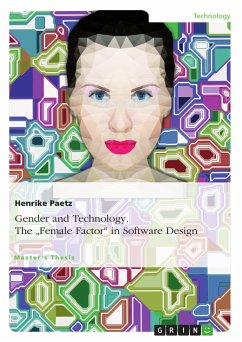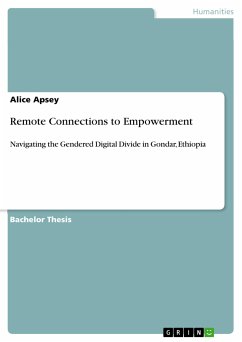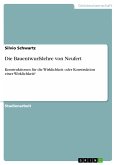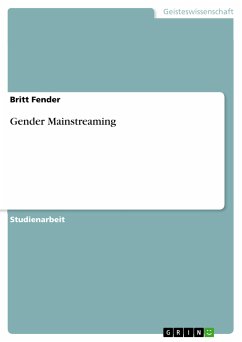Master's Thesis from the year 2011 in the subject Gender Studies, grade: Excellent (A) (Sehr gut), Vienna University of Technology (Institut für Managementwissenschaften), course: Master of Business Administration - Entrepreneurship & Innovation, language: English, abstract: In the era of user-centered design several scholars have started to take a closer look at gender as one of the decisive factors for successful innovation. While technology, and specifically information technology (IT), has become the backbone of almost all industries and a key driver for innovation, women are still largely absent from these fields. They are heavily underrepresented as technology designers and neglected as autonomous users with individual needs. This thesis sets out to demonstrate the importance of gender for technology design; it analyzes the reasons for the lack of women in technology using a feminist perspective, and proposes a number of possible approaches how gender awareness could be increased in IT with a special focus on the organizational aspects of business software design. The findings are based on an in-depth literature review and are validated by means of several case studies of female IT professionals in the global software industry. The demographic situation in the 21st century as well as the respective literature and research provide clear evidence of the social and economic benefits of increasing the ‘female factor’ in technology design. Women are a key – and heavily underused - driver for innovation, organizational performance and financial success in most companies. Yet, when analyzing the gendered nature of technology it became clear that its inherent masculinity has to a large extent been responsible for the absence and marginalization of women from IT until today. Current approaches to overcome the ‘women-technology-dilemma’ are often either seeking to help women adapt to the male norm or are over-emphasizing feminine connotated values for technology design. The findings in this thesis underline the social constructivist perspective that neither technology nor gender can be taken as fixed and given but are cultural processes subject to negotiations, contestations and transformation. As a consequence, one of the most important prerequisites for the software industry to make sure the results of their application design fit with the needs of a variety of stakeholders, including female users, is the establishment of a gender aware organizational mindset and a respective design framework using gender as a ‘lens’ and apply it every time new applications are being planned and implemented.
Bitte wählen Sie Ihr Anliegen aus.
Rechnungen
Retourenschein anfordern
Bestellstatus
Storno









